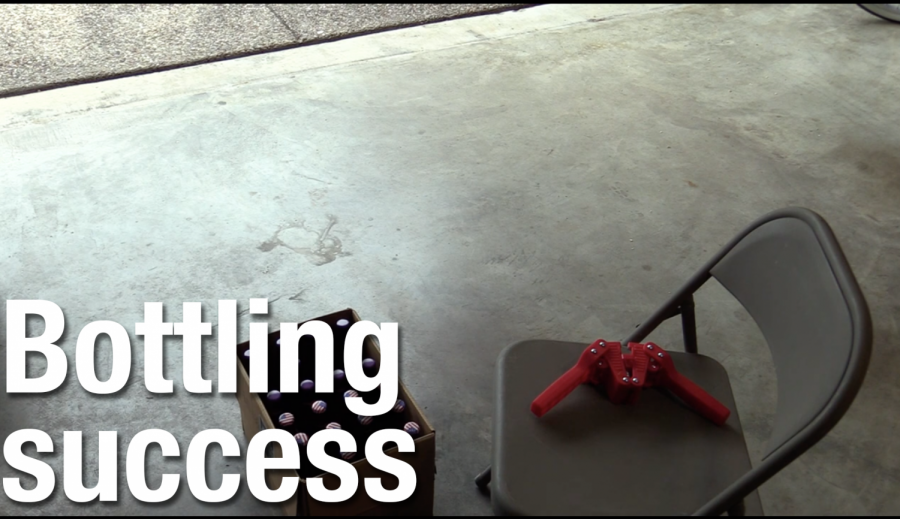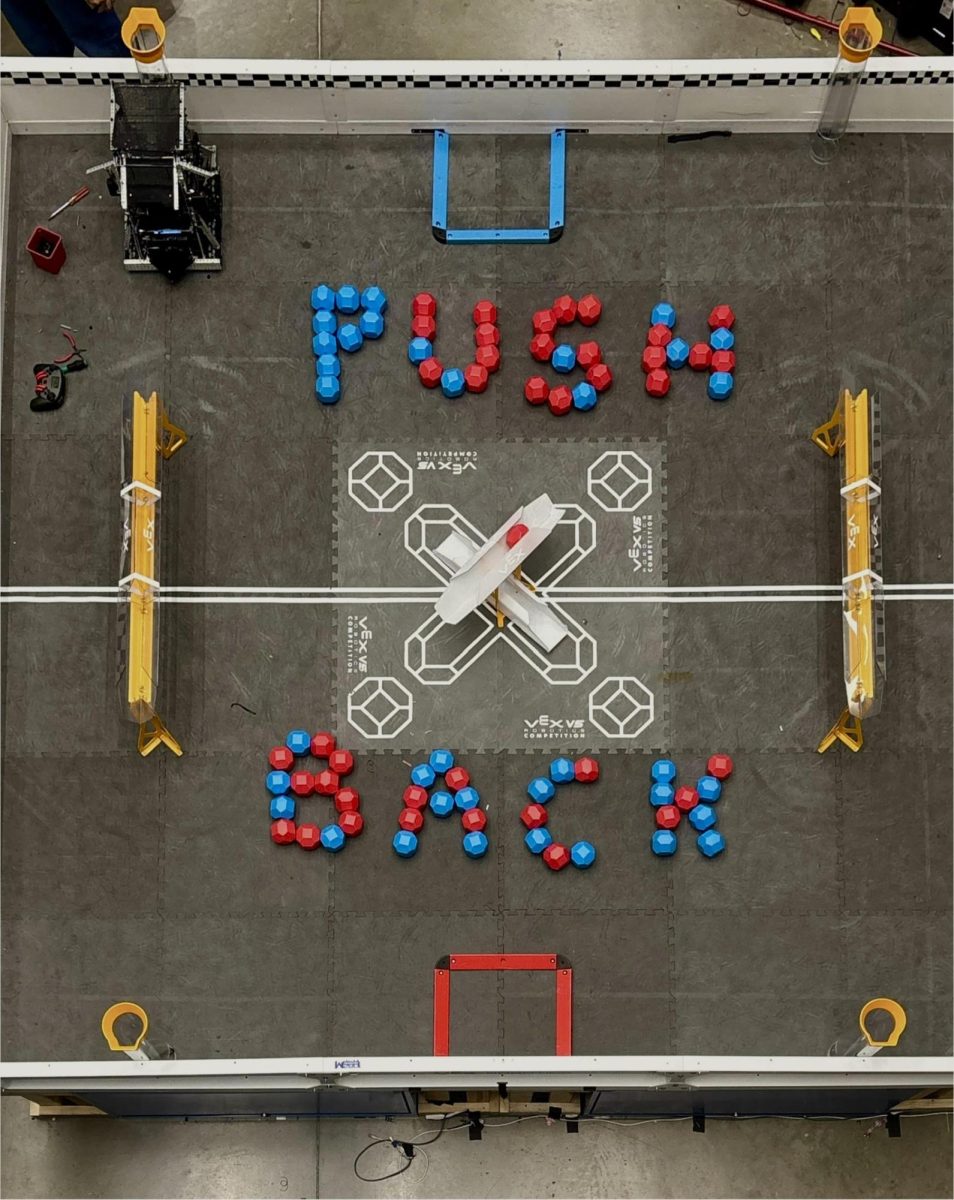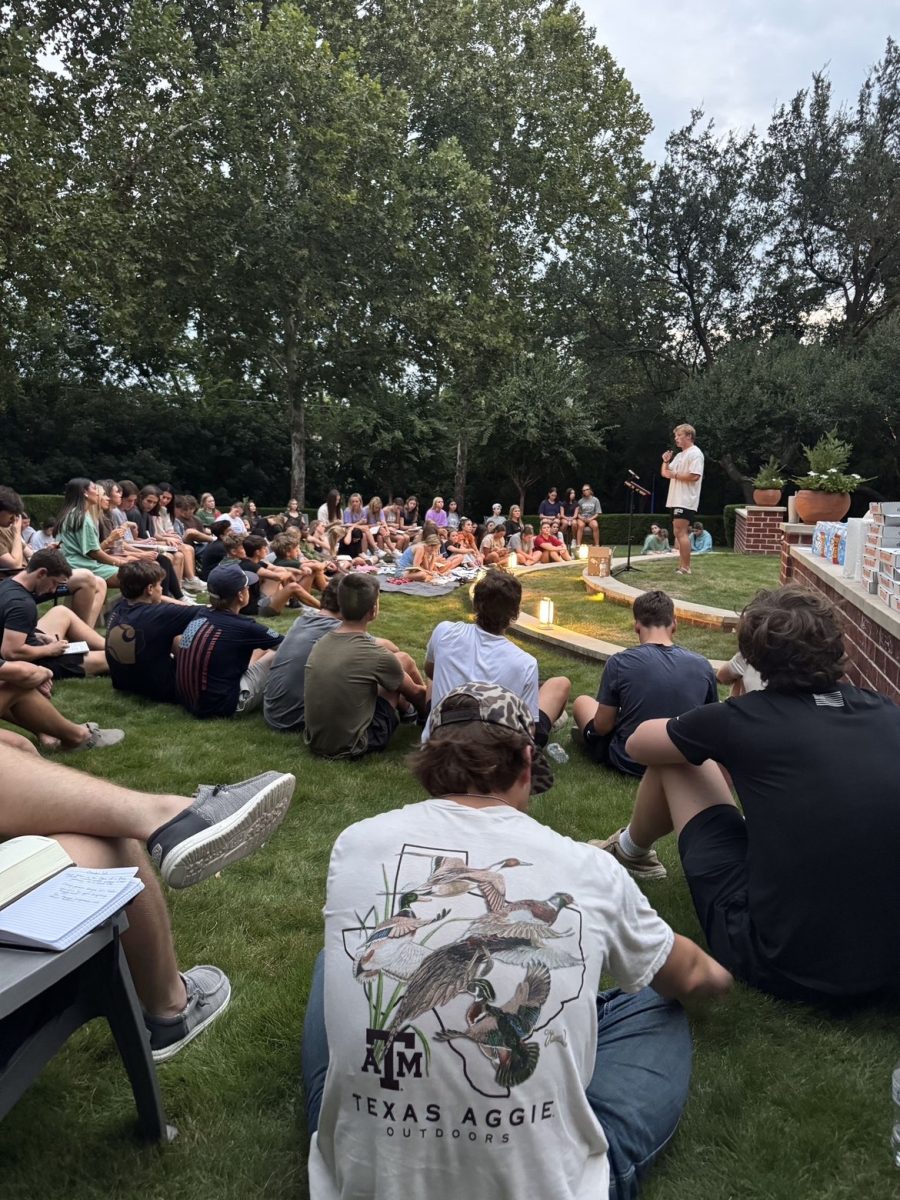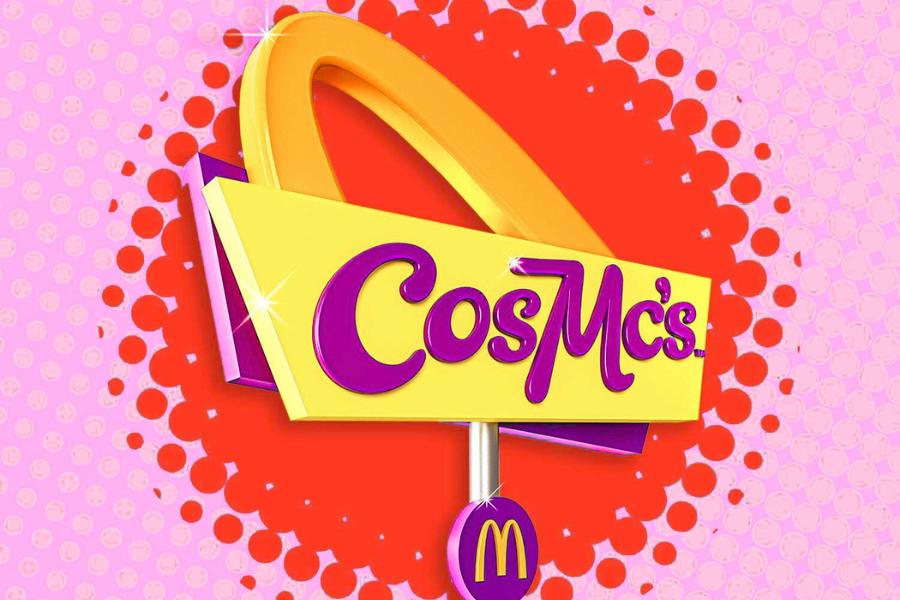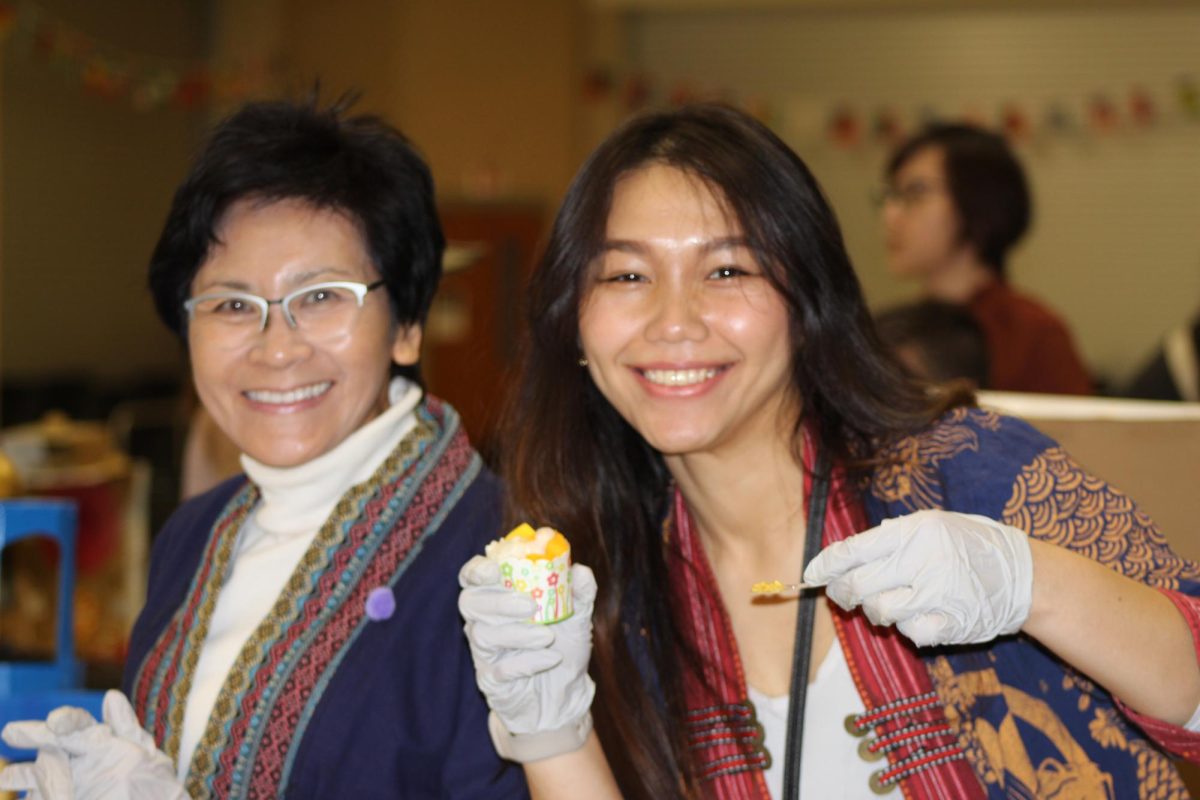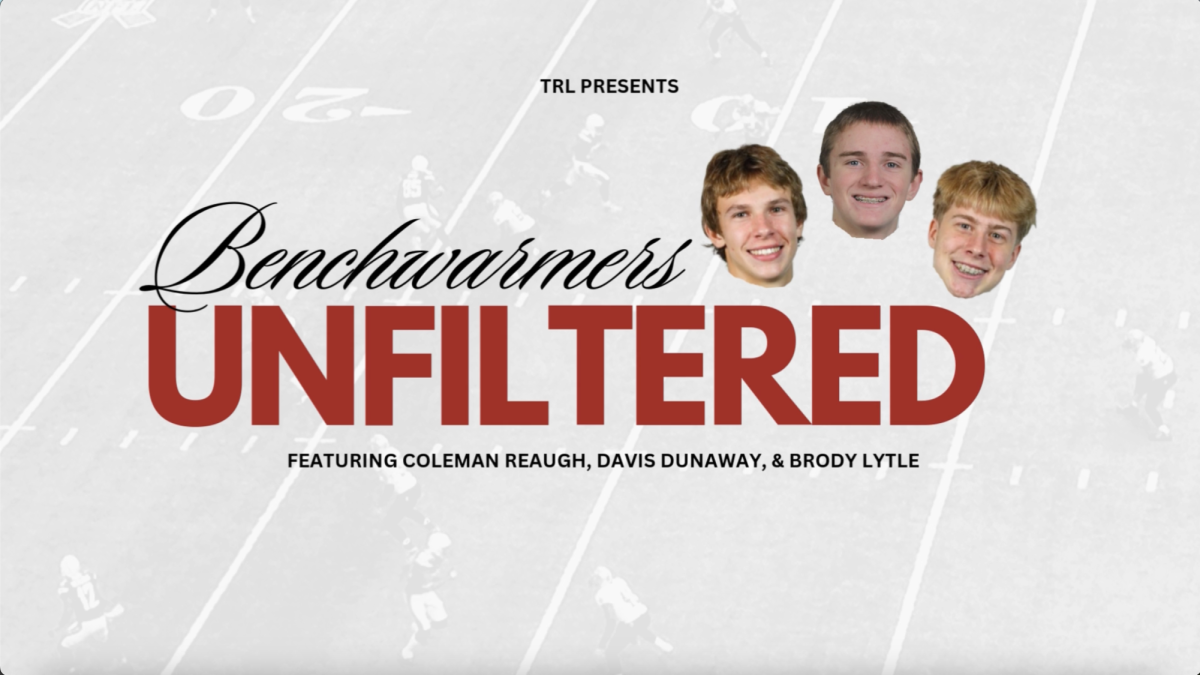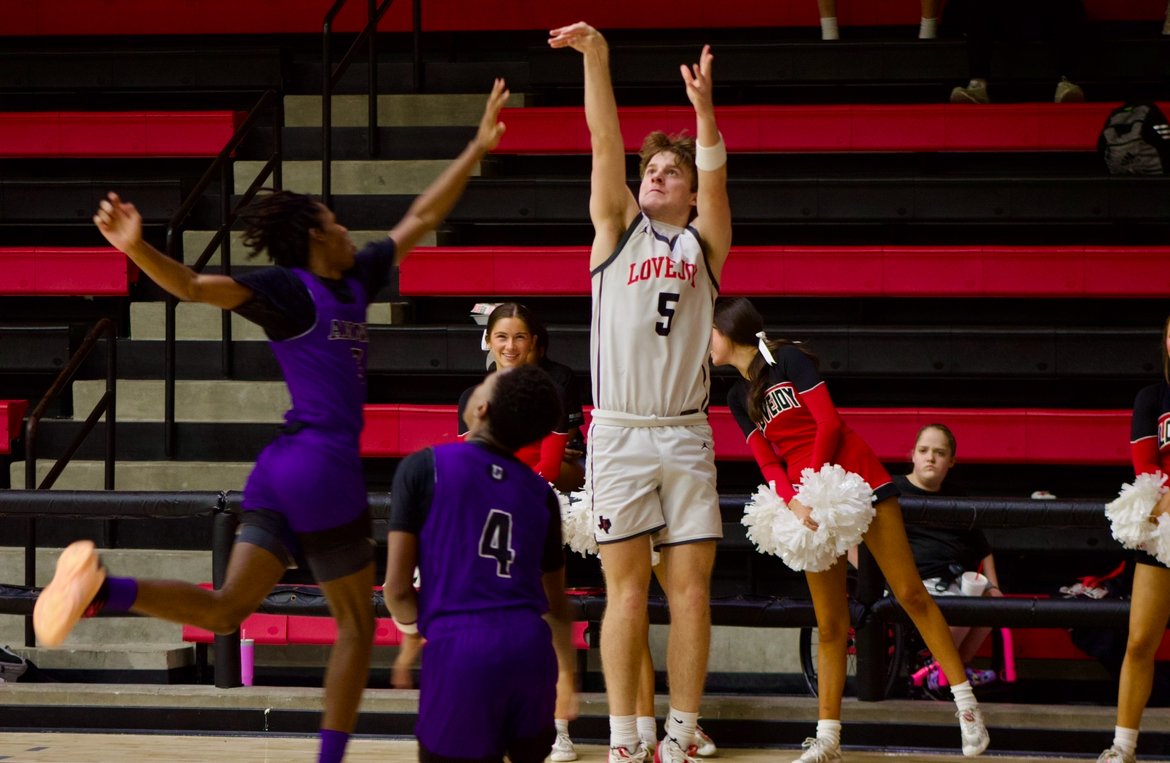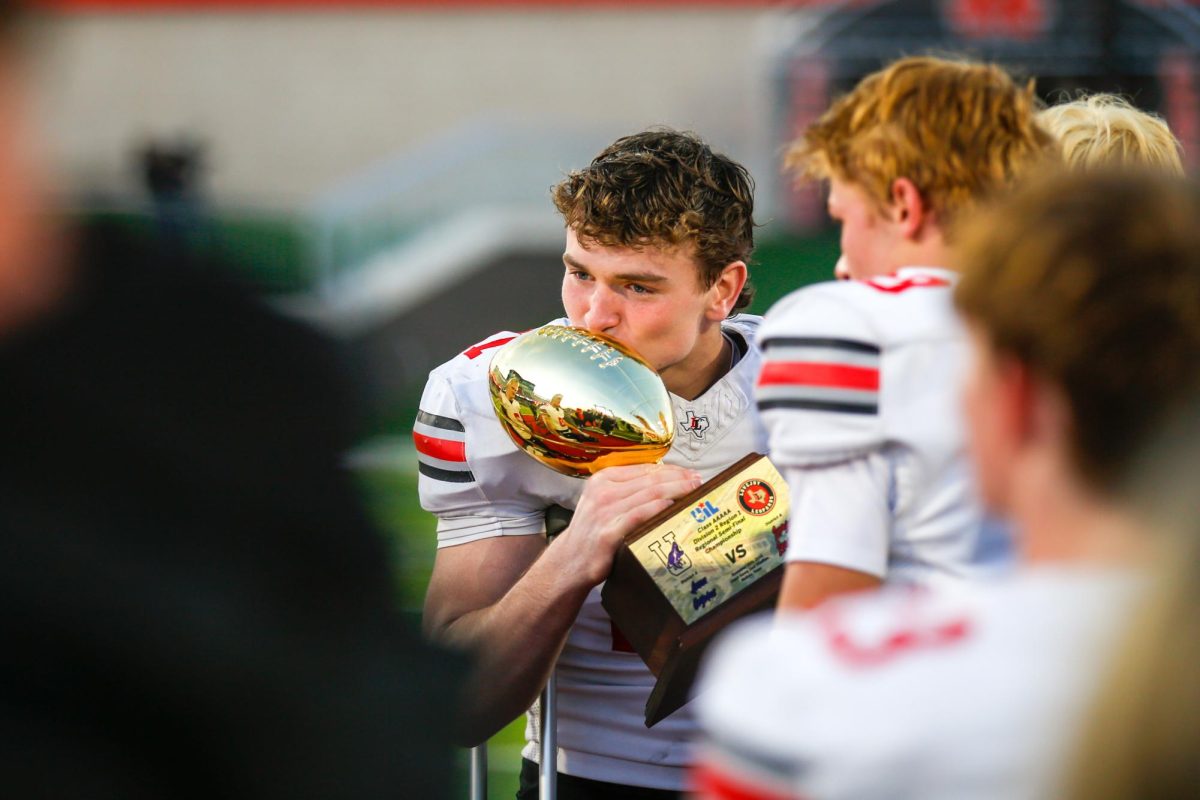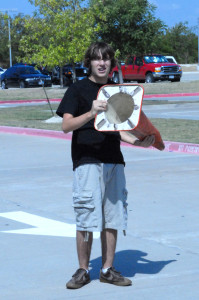It is seventh period and senior Michael Burdick is in the library for study hall, but he doesn’t stay long. After a quick mental run-through to make sure he has no pressing homework problems, he makes his way over to the room of his AP Physics C teacher, Ted Heyduck.
But Burdick is not looking for help on a lab or assignment; instead, he’s here to play Magic: The Gathering.
“I bring my deck every day,” Burdick said. “Typically I play every day, but if I have work to do that will override it.”
First introduced in 1993, Magic: The Gathering is the world’s first and longest-running trading card game. Its magical motif and storyline draw heavily from pen-and-paper role-playing games of old, such as Dungeons and Dragons, but a typical game of Magic plays nothing like a D&D session. For starters, there is no dice-rolling involved, but the iconic twenty-sided die is used by each player in a game as a measure of their health or “life points:” get from twenty to zero and you lose.
When asked to describe the typical game of Magic in layman’s terms, Burdick scoffs.
“Oh, god,” Burdick said. “Basically, to un-nerd it, getting your opponent’s life points to zero requires land cards, which produce mana (the resource for the game) which is then used to play various creatures and spells.”
But what happens if you un-“un-nerd” it?
A lot. Each of the land cards has a corresponding color to it- white, blue, red, green and black. Each color corresponds to a different school of mana, each with its own strengths and weaknesses.
That only scratches the surface (the basics of the game can be found here). But in layman’s terms, the game is a veritable cross between Pokémon and Dungeons & Dragons, with many different types of cards and strategies.
For example, Burdick uses a Black/Red “Exalted” deck- his strategy is focused around attacking with a single powerful creature or spell each turn instead of multiple, smaller ones. This strategy contrasts with that of his opponent, whose deck uses mostly Red mana but “splashes” in some Blue.
“Heyduck plays what’s called ‘Red Deck Wins,’ which focuses on ‘burning’ an opponent’s life away fast through the use of cards that directly damage an opponent,” Burdick says. “He’s very successful with it.”
Heyduck has been playing since the original release of the game, when he was in the fifth grade. Now 28, he has years of experience, but it has not helped him win many matches.
“I’m still just as bad as everyone else,” Heyduck said.
As he finishes his sentence, Heyduck plays his Thunderous Wrath card, allowing him to deal five damage directly to the player.
“Boo-yah!” Heyduck said. “I win!”
Although he may be able to defeat his students, Heyduck has a more difficult time playing with those outside the school circuit. Most Friday nights Burdick and Heyduck, along with other students such as seniors Nick DiFurio and Noah Wallaert and sophomore Sam Wallaert drive down to Plano to enter Magic tournaments at local comic shop Lone Star Comics.
“It’s a hobby,” Heyduck said. “Some days you’re good, some days you’re bad. It’s not like poker, where you play the player. The three aspects of it are player, deck and luck.”
DiFurio has seen more success. He uses what he calls a “Bant-Enchantment” deck. A combination of Blue, Green and White mana cards, his strategy revolves primarily around enchantment cards that provide bonuses to (or “buff”) certain creatures or the player himself.
“I go to Friday Night Magic about eighty percent of the time,” DiFurio said. “You play five rounds, and I usually win three out of five rounds. But I’ve gone undefeated twice.”
While certainly a significant time investment, playing Magic also comes with a large financial burden as well: ask a Magic player how much they have spent on their deck and they are reluctant to tell you.
For example, DiFurio’s deck is valued at $180. That value is taken from adding the official values of all the cards in the deck, but typically a player does not pay face value for their deck.
“I only paid about $100 for mine,” DiFurio said. “But don’t ask me how much I’ve spent on the game entirely.”
Heyduck values his deck at around $200, but says he only spent around $40.
“A lot of the cards I’ve received have been through trades,” Heyduck says. “You trade up to those high-value cards. It’s a person trading a card that the other person sees value in for a card that you want that you perceive value in.”
Burdick refuses to cite figures for his spending on Magic: The Gathering.
“Too much,” Burdick said. “This is a giant money pit of a game.”
Money pit or not, students can find Burdick, DiFurio, Heyduck and others in D218 after school Fridays as a part of their newly-formed Magic: the Gathering club, forever locked in a competition to see who has the best deck.
If you would like to join the club or find out more information, contact Heyduck in his room or at [email protected]. Meetings are every Friday from 4:15-5:30 pm in room D218.






